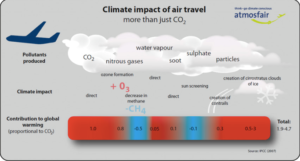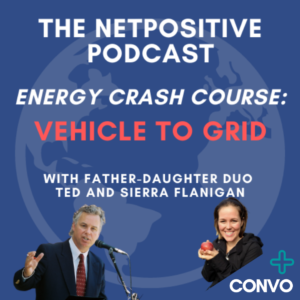In This Issue
- Flanigan’s Eco-Logic: COP 26 Thanks
- Setting the Bar Higher on Renewables
- Carbon Removal XPrize
- Microgrid Utility Synergy
- Organic Foods
- Big-Time Floatovoltaics
- Sustainable Vacations
- The NetPositive Podcast Updates
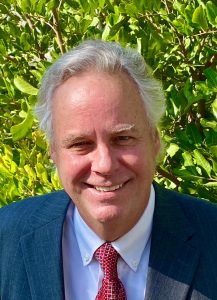
Flanigan’s Eco-Logic: COP 26 Thanks
A shout-out to all those that participated in the COP26 meetings in Glasgow. Thank you for your efforts as global citizens on behalf of the state of the planet. While some of us are intrigued, some disgusted, others exasperated… the COPs are critical. The climate crisis needs to be fully acknowledged and addressed in all political, social, faith-based, academic, and economic realms.

The time has come. While international negotiations on climate commitments are painfully slow, they provide an essential foundation. Without question, there is much work needed… and fast. There’s much work to be done at the policy level and even more in terms of implementation. The COPs provide a framework for action. In his closing session remarks, John Kerry, the U.S. Special Presidential Envoy on Climate, noted that “Paris built the arena. Glasgow starts the race.”
The COPs are painfully incremental. Craig Ebert discusses his impressions of COP26 in the latest episode of The NetPositive Podcast. It was his 13th COP. He went to Glasgow prepared for a lot of not much. He reminisces about his naive and idealistic sentiments post Kyoto, COP3. He thought that was the beginning of the end of the climate crisis. At best, he thinks that now COP26 may be the end of the beginning. But just now, and after many, many COPs… Craig and others report that finally there is a clear consensus at the COP that there is a problem that needs to be addressed. There is no question any more of the reality of the crisis.
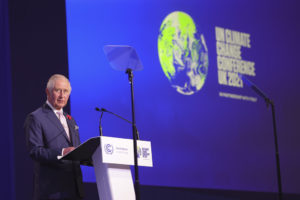
There was talk of deeper commitments, and new commitments to cut use of coal, to slash methane emissions and forest deforestation. A GOP congressional delegation made a COP appearance for the first time. The Conservative Climate Caucus was created by U.S. Representative John Curtis in June, and now numbers 70 members of the 213 House Republicans. The congressmen were brought by the right-wing advocacy group called Citizens for Responsible Energy Solutions. While members of the caucus have poor environmental voting track records, the caucus is doing important work helping the Republican party catch up with the rest of the world.
Greta Thunberg’s scowl is memorable. She’s been a profound force… a sharp rallying cry for her generation. She makes clear that climate denial and inaction is crazy. We are not doing enough. Craig reflects that the younger generation is pissed; there’s an overwhelming sense of frustration. Greta calls the chatter the “blah, blah” factor. A Facebook posting: “Goals, commitments, pledges, and net zero targets are not action.” Why bring together 30,000 people for more talk and no action? To many, COP26 was not a success. Some said that at best it “kicked the can down the road.”

I hear that. There was clearly lots of hot air accented by lots of political pledges ready to be unfulfilled, but there is a consensus of the need for accelerated action. COP26 was steeped in a much greater focus on 2030, and the immediacy of the climate crisis. We cannot think in terms of progress by 2050… that’s too distant. There were other exciting developments in Glasgow such as establishing a trillion dollar fund to support developing nations.
Metrus Energy CEO Bob Hinkle attended and wrote that the “private sector — at least at the board level or C-suite — is setting the pace. Fortune 1000 firms, banks, insurers, and investors were out en masse in Glasgow.” A financing coalition was established by a former governor of the Bank of England representing $130 trillion in assets. They are pledging to no longer lend capital for fossil fuels. And yes, the parties agreed to reassemble next year in Egypt for COP27.

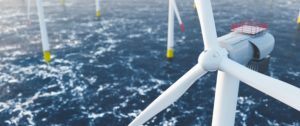 No doubt about it, the pace of adoption of renewable energy is brisk. Wind, solar, geothermal, wave, tidal, and more. More and more pledges of carbon neutrality, net zero carbon… 100% solutions. But now the bar is being set even higher: 24/7 renewables, what some call 24/7 CFE (carbon-free energy). Thus we usher in a new utility system planning paradigm.. the art of precisely matching renewables — real-time and stored — with demand.
No doubt about it, the pace of adoption of renewable energy is brisk. Wind, solar, geothermal, wave, tidal, and more. More and more pledges of carbon neutrality, net zero carbon… 100% solutions. But now the bar is being set even higher: 24/7 renewables, what some call 24/7 CFE (carbon-free energy). Thus we usher in a new utility system planning paradigm.. the art of precisely matching renewables — real-time and stored — with demand. This is cool in my book: Fully 23 student teams are getting cash infusions for their carbon-removal ideas. The Carbon Removal XPrize is focused on fostering innovative ways of taking CO2 out of the atmosphere. Several teams have suggested solutions that solve more than the CO2 issue at the same time. Some, frankly, are chemically complex and over my head.
This is cool in my book: Fully 23 student teams are getting cash infusions for their carbon-removal ideas. The Carbon Removal XPrize is focused on fostering innovative ways of taking CO2 out of the atmosphere. Several teams have suggested solutions that solve more than the CO2 issue at the same time. Some, frankly, are chemically complex and over my head.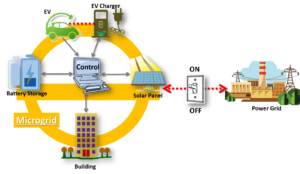
 The United States is the number one organic nation in the world. We have the biggest appetite for organics… worth some $58 billion a year right now. And yet, the United States has less than 1% of its total U.S. agricultural land in organic production. That’s 5.6 million acres farmed to the national organic standard. Compare that with 16 countries that have over 10% of their ag lands in organic production. Like Sweden 20.4%, Austria 26.1%, and the leader Lichtenstein 41%. There are 343,858 organic farmers in the EU, and 16,585 in the US. Meanwhile, the annual per capita organic spending is $152.32 in the US and $94.08 in the EU. The result is that the U.S. imports organic goods from 45,000 foreign operations.
The United States is the number one organic nation in the world. We have the biggest appetite for organics… worth some $58 billion a year right now. And yet, the United States has less than 1% of its total U.S. agricultural land in organic production. That’s 5.6 million acres farmed to the national organic standard. Compare that with 16 countries that have over 10% of their ag lands in organic production. Like Sweden 20.4%, Austria 26.1%, and the leader Lichtenstein 41%. There are 343,858 organic farmers in the EU, and 16,585 in the US. Meanwhile, the annual per capita organic spending is $152.32 in the US and $94.08 in the EU. The result is that the U.S. imports organic goods from 45,000 foreign operations.
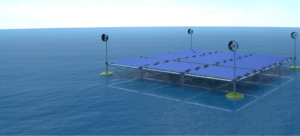
 Well this news item caught my attention… sustainable vacations. Sounds really good. But what does that mean? Do you visit a region or a resort that is sustainable? If you travel halfway around the world to visit it, is that sustainable? The travel alone racks up a lot of greenhouse gas emissions… an indulgence even with offsets.
Well this news item caught my attention… sustainable vacations. Sounds really good. But what does that mean? Do you visit a region or a resort that is sustainable? If you travel halfway around the world to visit it, is that sustainable? The travel alone racks up a lot of greenhouse gas emissions… an indulgence even with offsets.